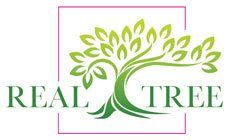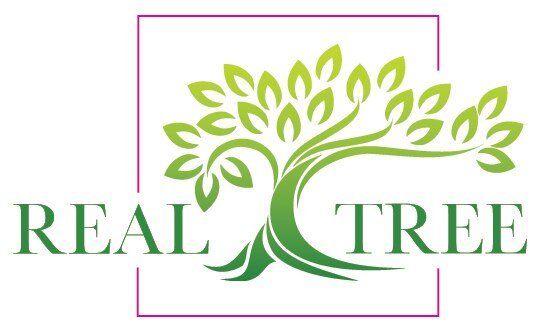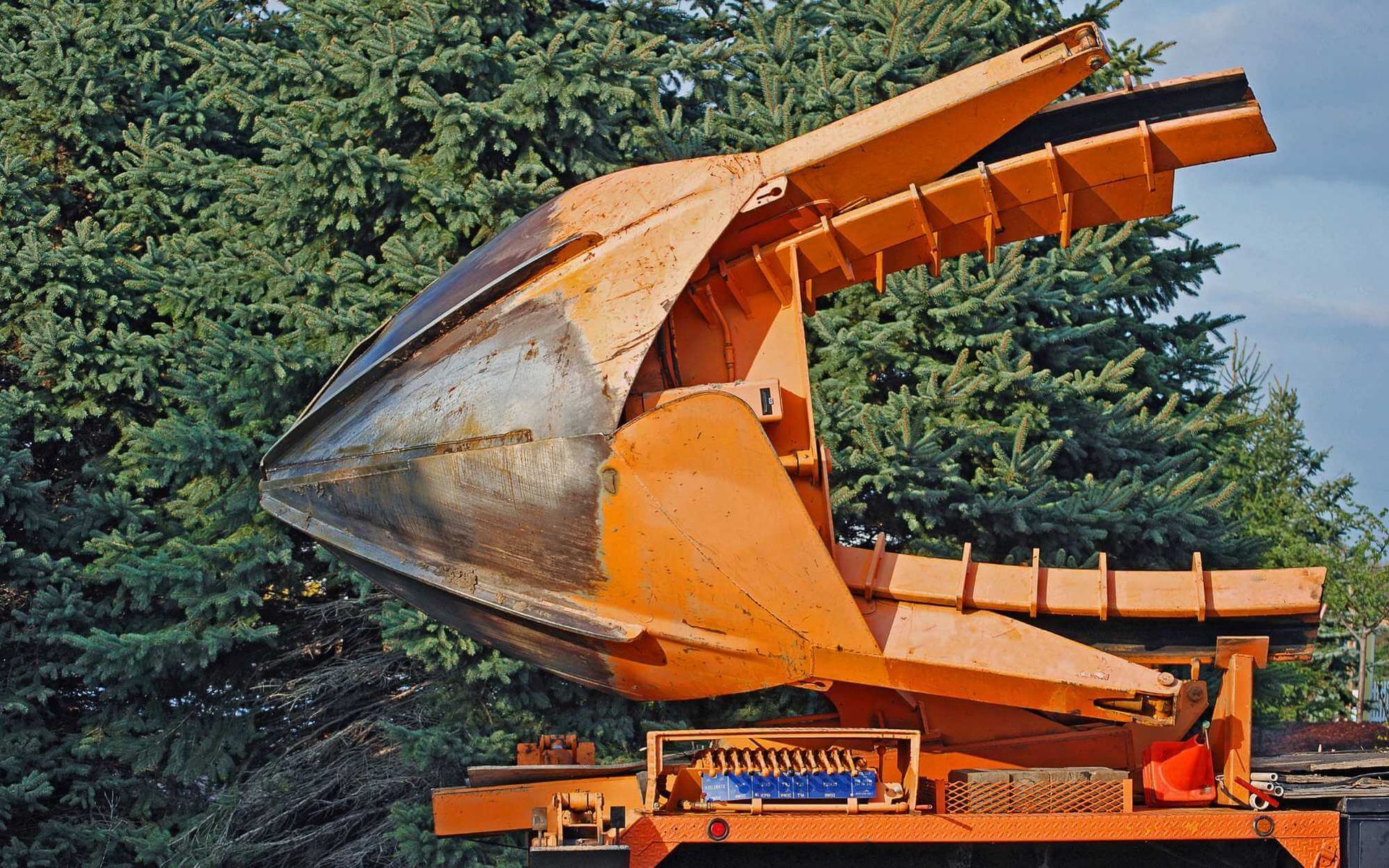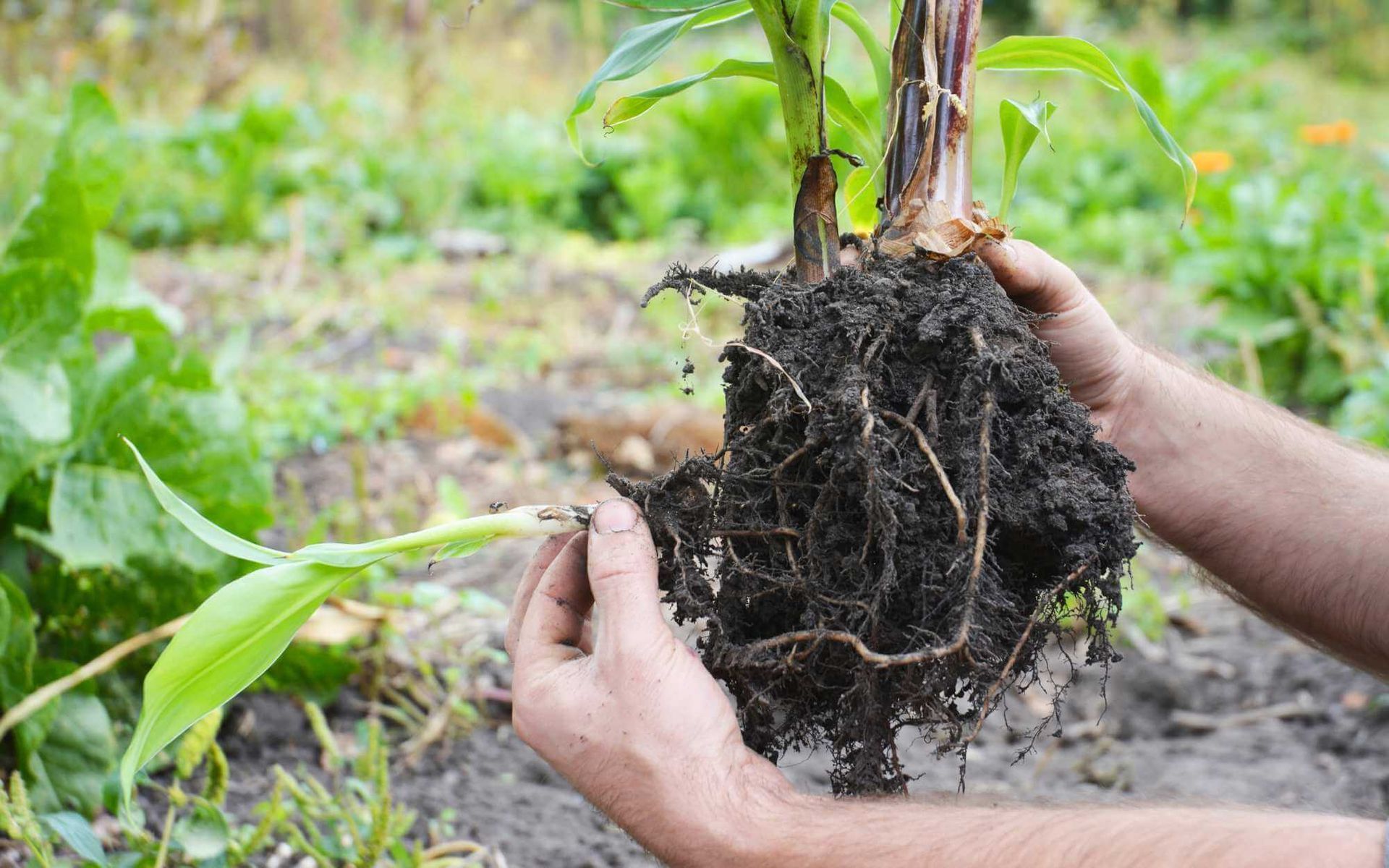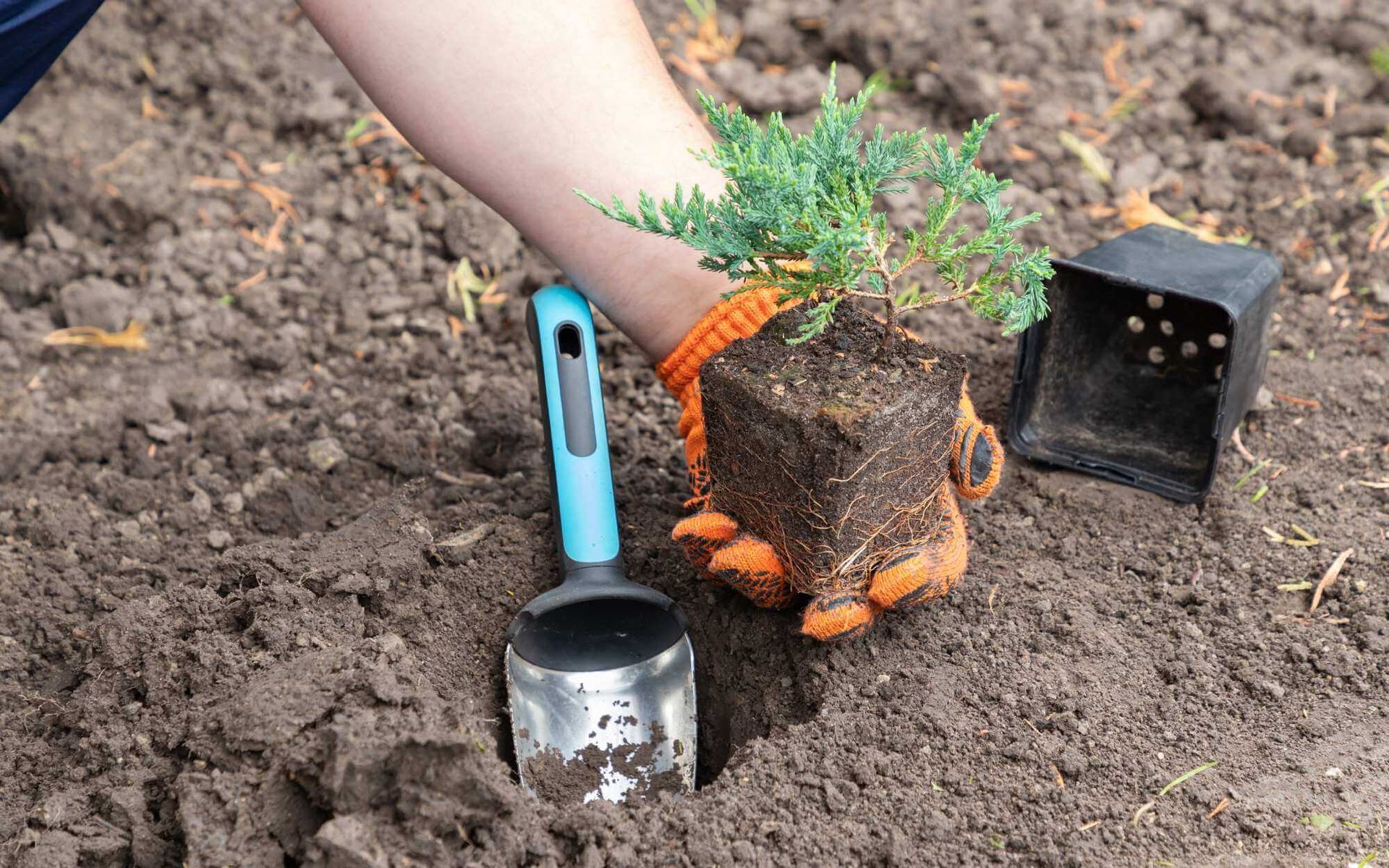Feeding Your Trees: Effective Tree Fertilization Techniques
PUBLISHED ON
SHARE THIS ARTICLE
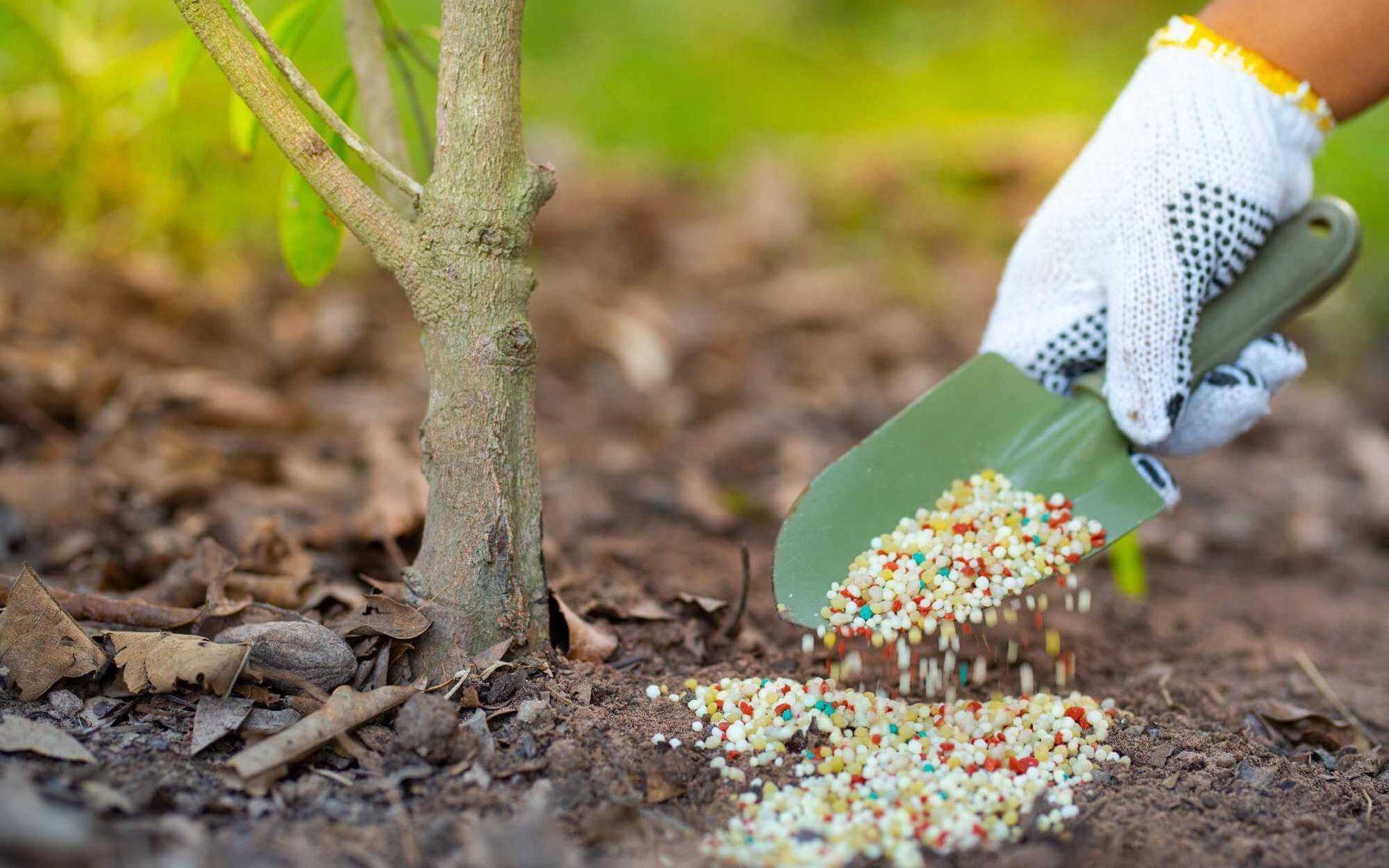
Just as humans need a balanced and nutritious diet to thrive, trees also require proper fertilization to grow strong and healthy.
Tree fertilization is a vital aspect of tree care that often goes overlooked. Providing the necessary nutrients contributes significantly to the overall health, growth, and longevity of trees. However, effective tree fertilization is more than just applying fertilizers; it's about understanding what your trees need and when they need it.
This blog will guide you through
effective tree fertilization techniques, helping you ensure your trees live their best life.
Understanding Tree Nutrient Requirements
Different tree species have unique nutrient requirements, depending largely on their species-specific physiological traits. For instance, evergreens may require higher levels of nitrogen, while fruit trees might need additional potassium for optimal fruit production.
These nutrient needs also vary based on external factors such as soil type, climate, and local weather conditions. Sandy soils, for instance, may lack essential nutrients, requiring more frequent fertilization, while clay soils hold nutrients longer.
Similarly, trees in colder climates may have slower nutrient uptake than those in warmer regions.
Thus, understanding these factors is crucial to tailor a fertilization plan best suited to your tree's needs.
Choosing the Right Tree Fertilizer
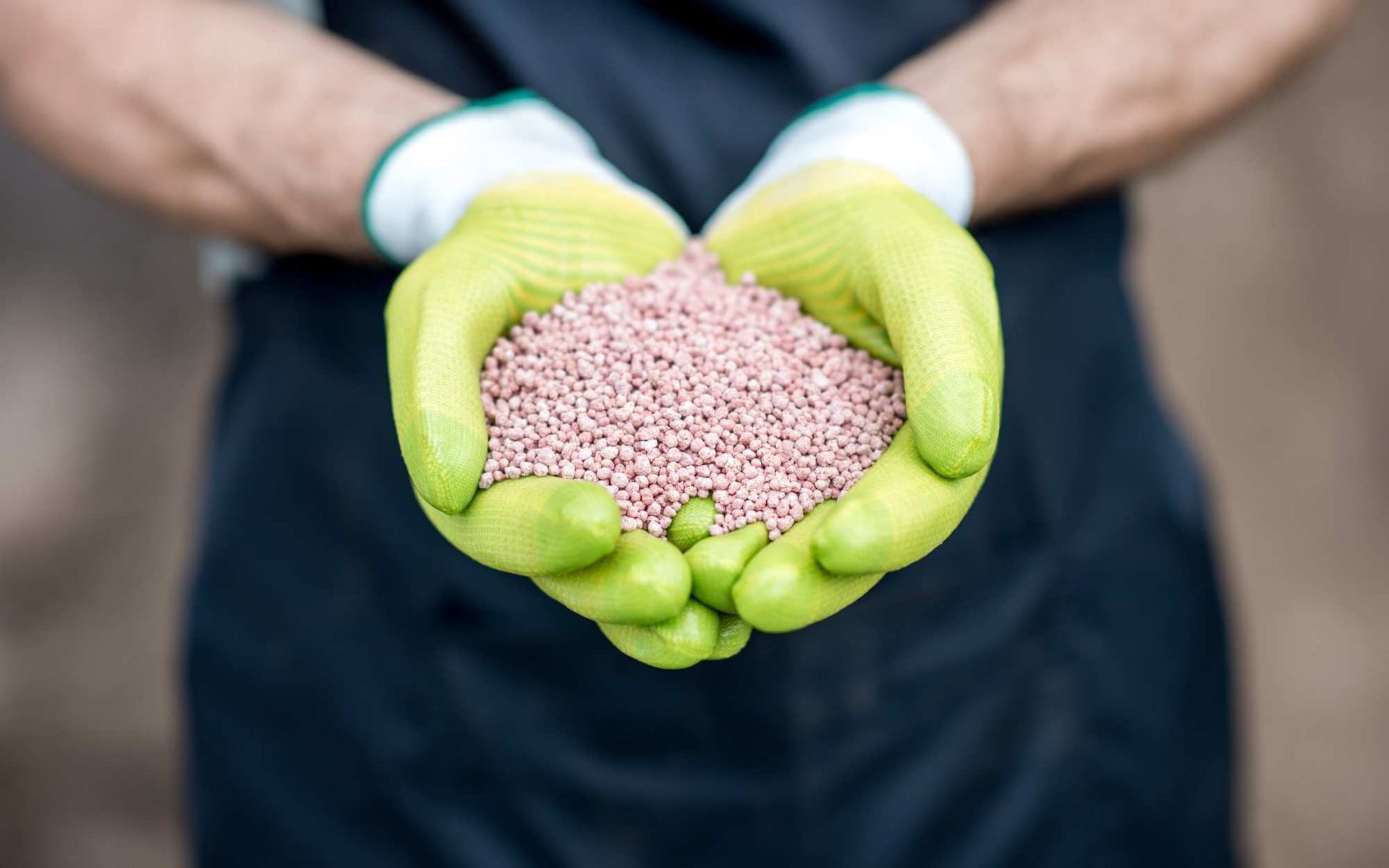
Tree fertilizers come in various forms, each with its benefits.
Organic fertilizers, derived from natural sources like compost or bone meal, provide a broad range of nutrients and enrich the soil's organic matter, promoting long-term soil health.
Synthetic fertilizers are chemically produced and are high in specific nutrients, providing an immediate nutrient boost to trees.
Slow-release nitrogen fertilizers gradually release nutrients into the soil, ensuring a steady supply.
The choice of fertilizer should align with the specific nutrient deficiency symptoms of your tree. For example, if a tree is deficient in nitrogen, a high-nitrogen synthetic or organic liquid fertilizer could address this deficiency effectively.
Employing Best Practices for Fertilizing Trees
Proper timing and frequency of fertilization are critical.
Generally, trees benefit most from fertilization during their active growth periods, typically in spring and early fall. However, tree health, age, and soil conditions can dictate frequency. Young trees often require yearly fertilization, while mature trees may only need it every 2-3 years.
Two main application methods include surface application, which involves spreading fertilizer on the soil surface, and deep root fertilization, which injects nutrients directly into the root zone.
Surface application is ideal for trees with shallow root systems, while deep root fertilization is best for mature trees to reach deeper plant roots and promote root growth.
Avoiding Common Mistakes
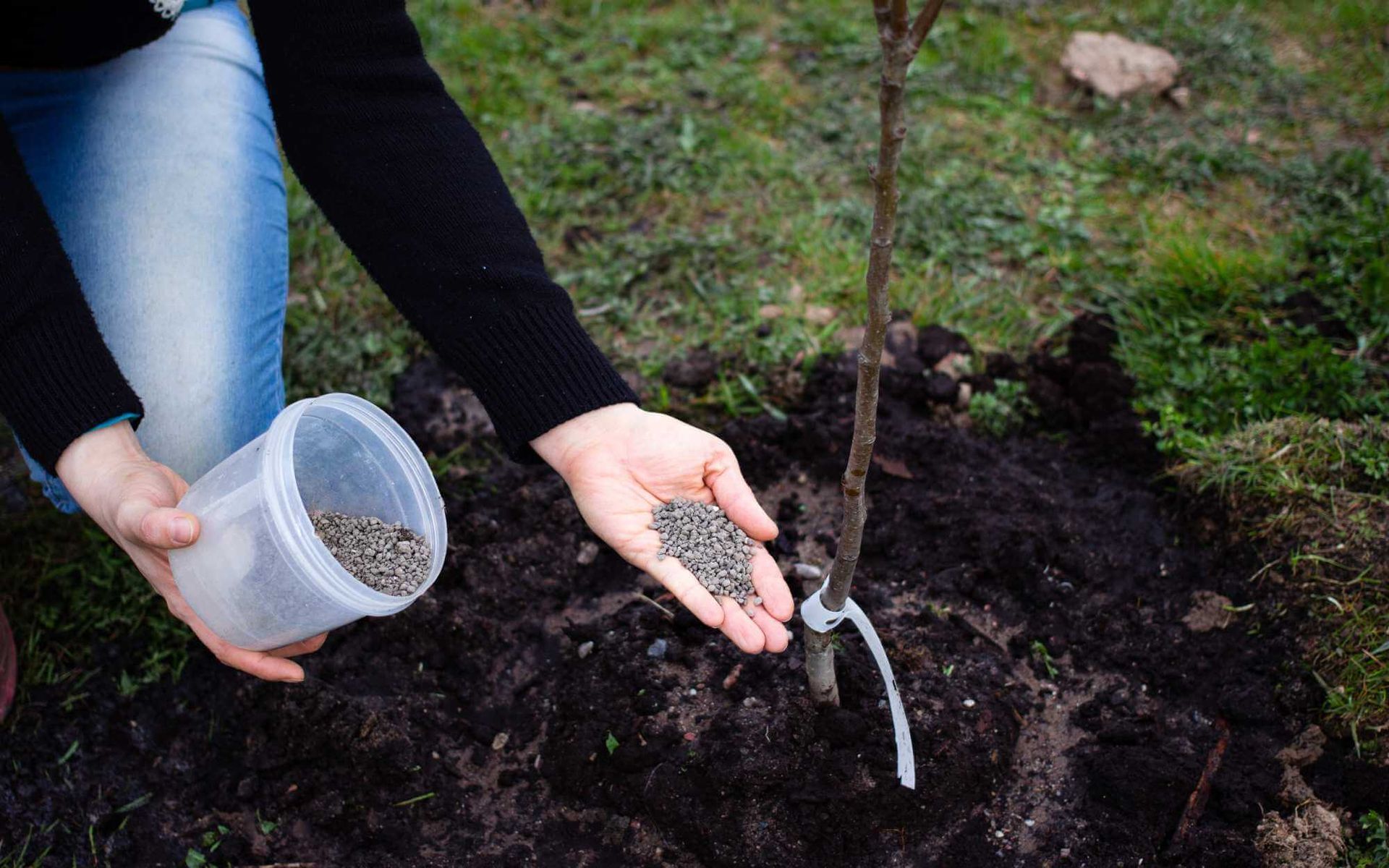
Over-fertilization can lead to detrimental tree health effects, such as nutrient toxicity, reduced water uptake, and susceptibility to pests. Excessive nutrients disrupt the soil's balance, hindering the tree's nutrient absorption and potentially causing leaf burn or even tree death.
Incorrect application techniques, like concentrating liquid fertilizers near the tree's base, can damage tree roots and won't support plant growth. Similarly, failing to distribute fertilizer can lead to nutrient hotspots, causing local soil toxicity.
Therefore, understanding the correct amount and application methods for fertilization is crucial to promote tree health and prevent harm.
Monitoring and Assessing Fertilization Results
Healthy trees typically display vibrant and robust foliage, sturdy branches, and consistent growth patterns. The tree's bark should be intact without any signs of disease or pest infestation. If these indicators are positive, the fertilization plan is likely effective.
However, if you observe yellowing leaves, reduced plant growth, or unhealthy bark, it may indicate nutrient deficiency or over-fertilization. In such cases, adjusting fertilization practices is necessary.
Conduct a soil test to identify nutrient shortages or excesses, then tailor your fertilization accordingly. Regular monitoring, coupled with flexible adjustment of fertilization practices according to the tree's response, will ensure optimal tree health.
Employing practical techniques for effective tree nutrition
Proper tree fertilization is crucial for bolstering tree health, promoting vigorous tree growth, and extending longevity. It involves understanding nutrient requirements, choosing the appropriate fertilizer, applying it correctly, and monitoring the results.
However, mistakes can have harmful effects. For the well-being of your trees and shrubs and to ensure an effective fertilization regime, consider seeking guidance from our tree care experts.
Our team's knowledge and experience can help you avoid common pitfalls and secure the vitality of your trees for years to come. Call today!
Want a free quote or some friendly advice? Call our team today:
